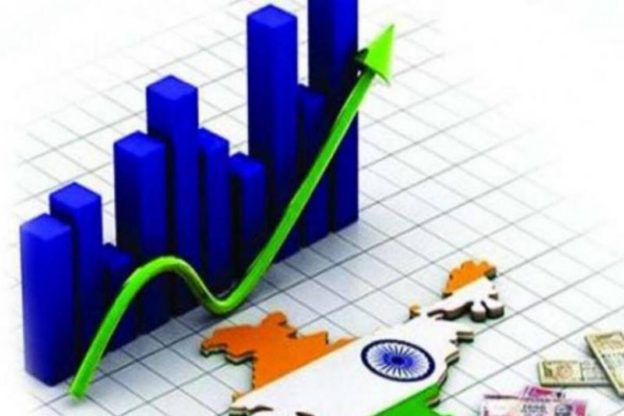Reforms of the current government are targeted to improve economic efficiency through ease of living and doing business.
The world economy is passing through an uncertain phase and large, advanced economies are faced with the harsh reality of a stagflation. Supply-chain disruptions due to Covid and the Russia-Ukraine war have started easing, global inflation has started to come off but central banks across the world would remain cautious and do everything to prevent any financial crisis. On the other hand, the emergence of various crises — very close to one another — has led to a reduction in globalisation, something that is likely to impact the world economic order for some time.
Against this sombre backdrop, the Economic Survey does paint India as an oasis in the desert. Before going into the depths of the analytical backdrop of the Survey, I would want to clarify that even though the Economic Survey is tabled just a day ahead of the Budget, it does not necessarily document any expectations from the Budget. In simple terms, the Survey is a report card of the economy — tabled to highlight how the nuts and bolts of the economy are doing, and the long-term structural challenges and likely solutions for the same.
The music to the ears is an assessment that the Indian economy, however, appears to have moved on after the Covid shock and the impact of the Russia-Ukraine crisis. The Survey points out that the economy has staged a “full recovery” in FY22, and “…positioning itself to ascend to the pre-pandemic growth path in FY23”. The baseline growth estimate has been put at 6.5% for FY24. This baseline growth is much better than the recent assessment of the IMF that puts India’s growth at 6.1%, while some have offered gloomier projections, going down to as low as 5.5%. Having said that, the Survey does leave a downside for the growth estimates, pointing out that the actual outcome for real GDP could be in a range of 6-6.8%.
The Indian economy has and will exhibit resilience in the face of global adversities. On an immediate basis, the global slowdown is expected to offer some relief — commodity prices’ decline, peaking of US interest rates and pause in the strength of the US dollar will mean that the Indian economy will be able to also rebalance itself. The external sector imbalances will reduce and along with it, rupee depreciation pressures will ease. As the economy stabilises, the reforms that were announced by the government on an ongoing basis and even during a period when the economy was shut down due to Covid will come handy.
Reforms of the current government are targeted to improve economic efficiency through ease of living and doing business. On the social welfare front, the government had adopted the “leave no one behind” strategy. The foresight of the government led to the initiation of the JAM trinity. This has emerged as the game changer for the economy.
While the Survey is not necessarily a curtain raiser for the Union Budget, there are hints in it that the Budget is likely to keep its thrust on capex intact: “…capex thrust….is not an isolated initiative to address the infrastructure gaps…it was part of a strategic package aimed at crowding in private investments….” PM Gati Shakti and the National Logistics Policy are expected to improve India’s cost and export competitiveness in the coming years. Given that the capex thrust will continue, a cleaner balance sheet of firms and a larger lending capacity of banks are likely to trigger private capex sooner than later, setting up India for a sustained improvement in the years ahead. India’s ‘Amrit Kaal’ is truly here, let us get ready to embrace it.
https://www.financialexpress.com/budget/sweet-spot-for-the-indian-economy-2966417/





